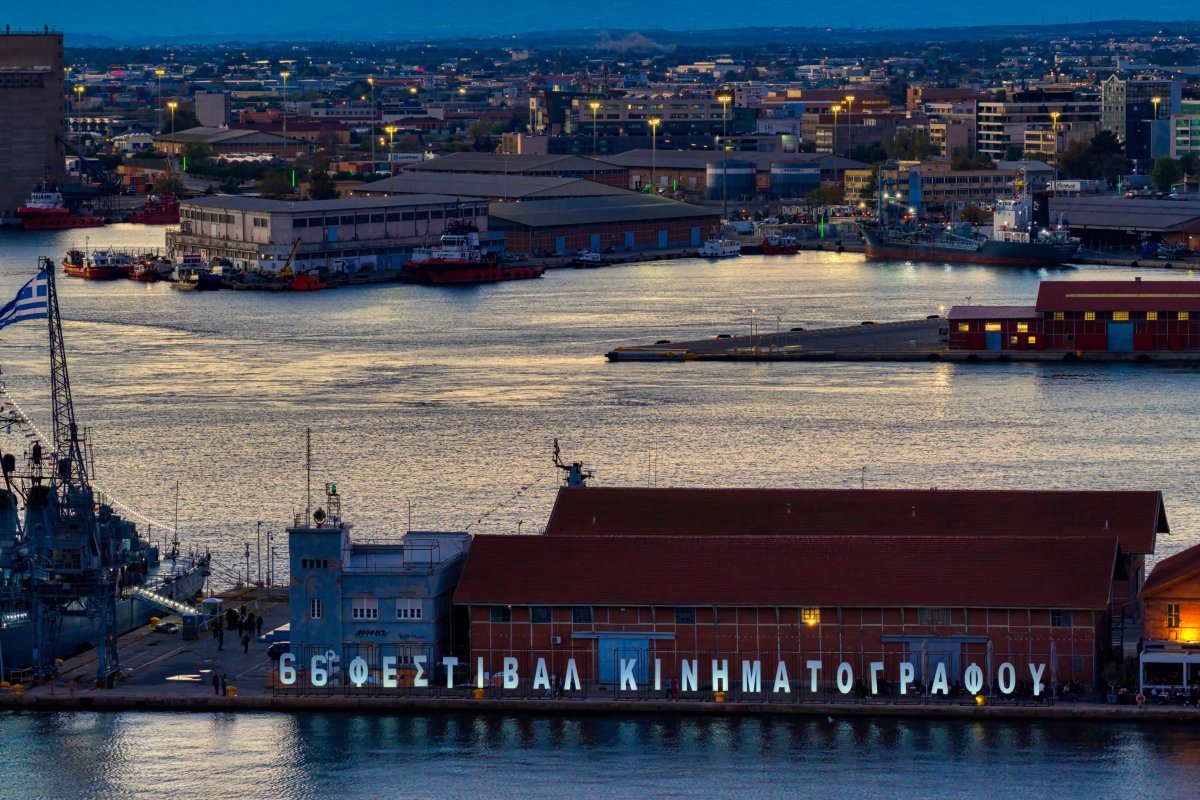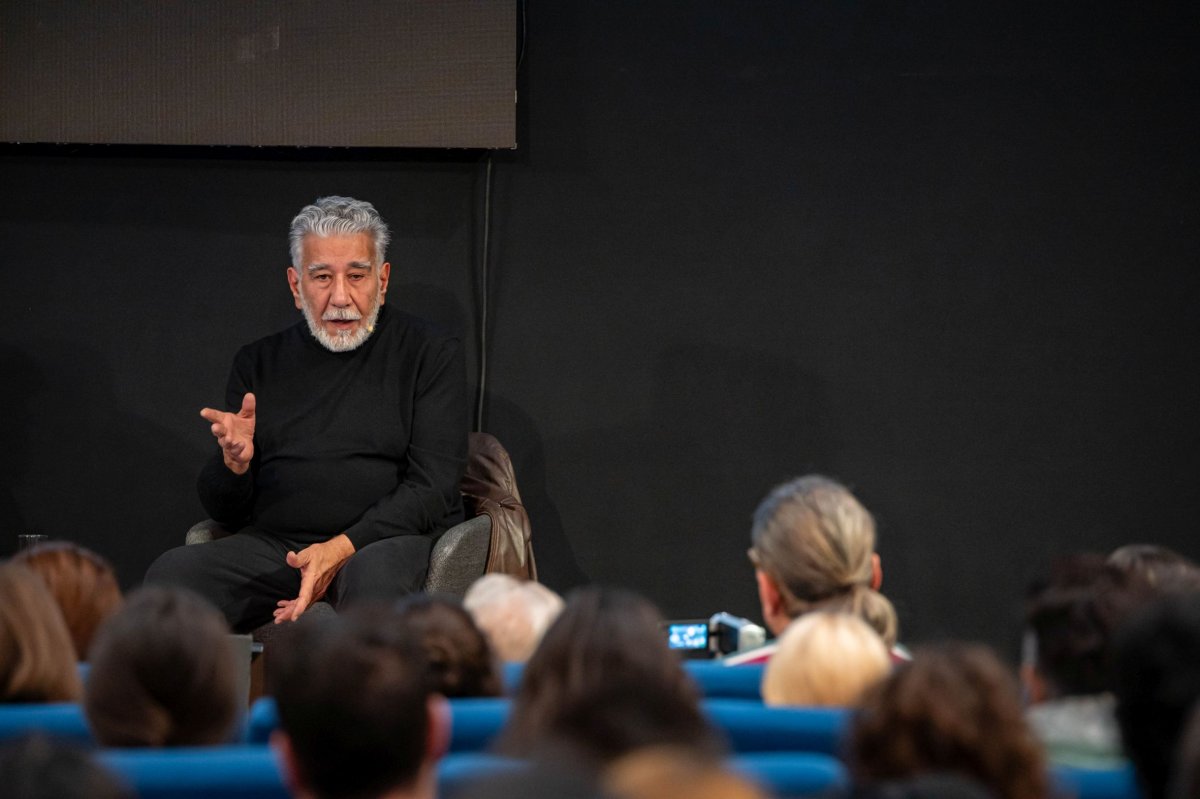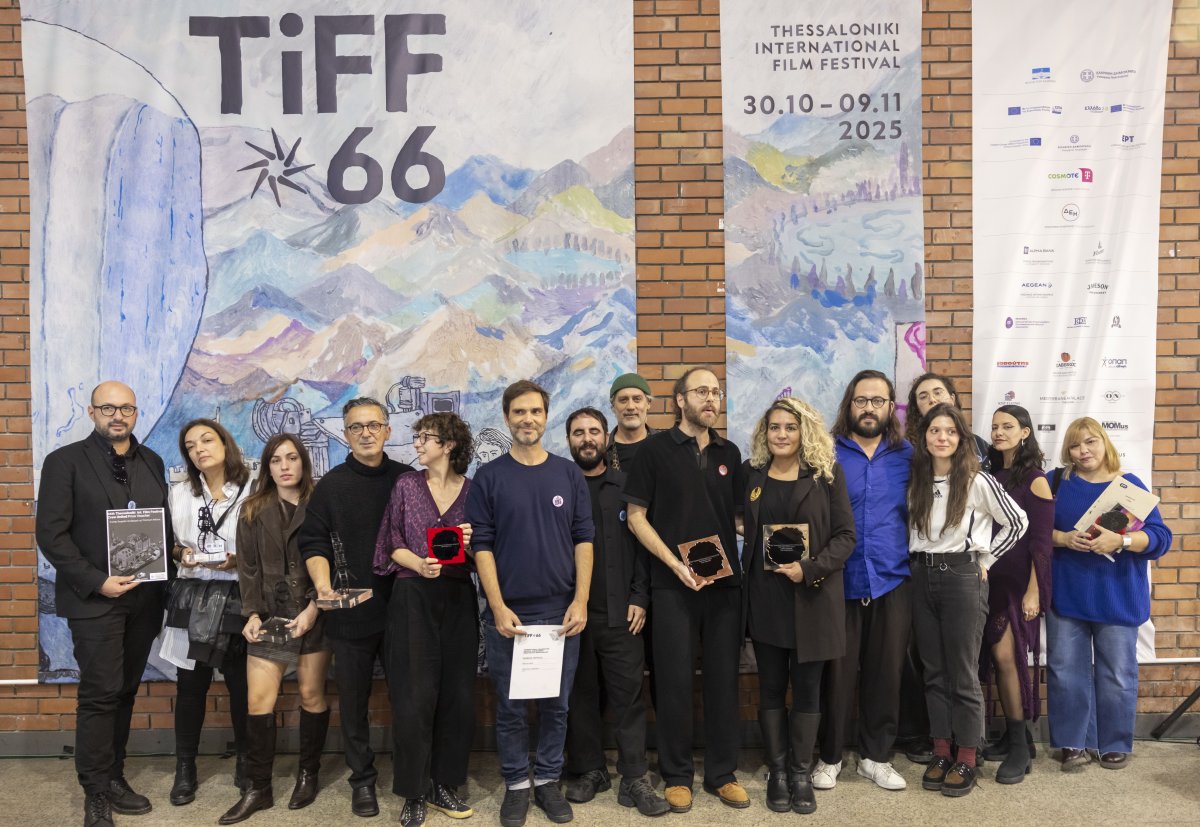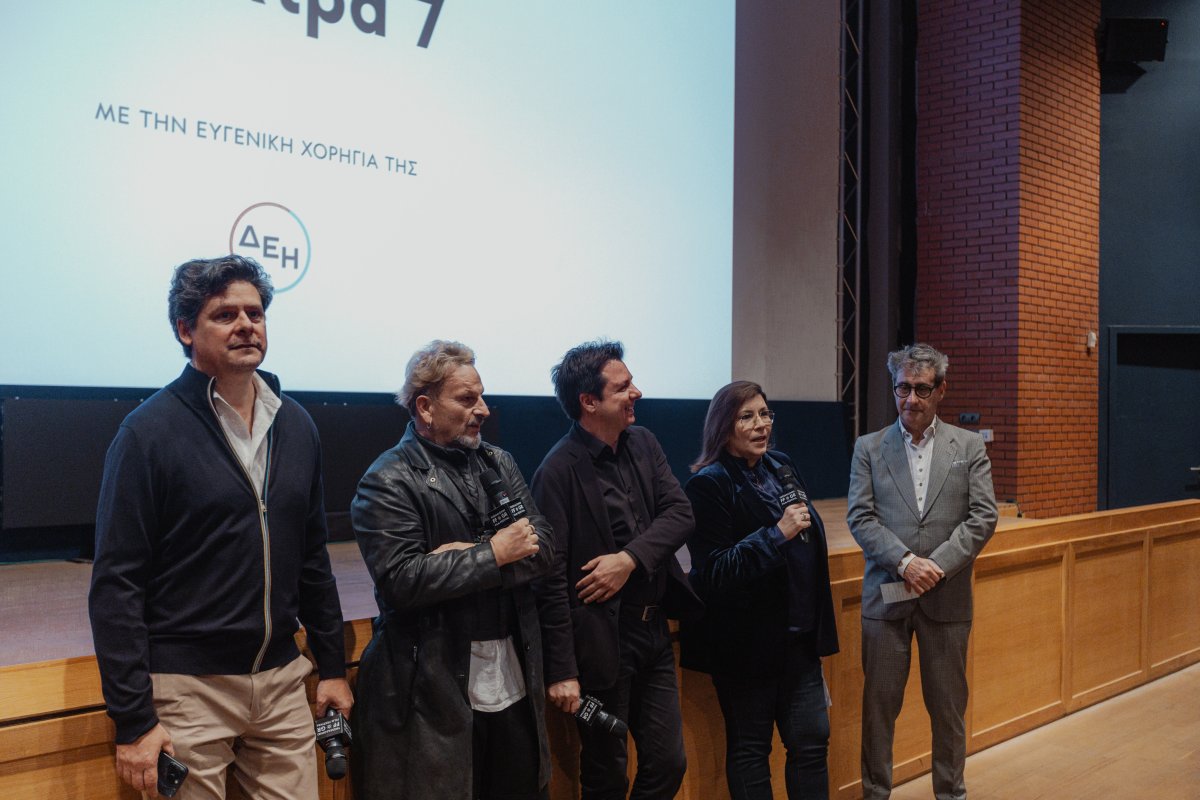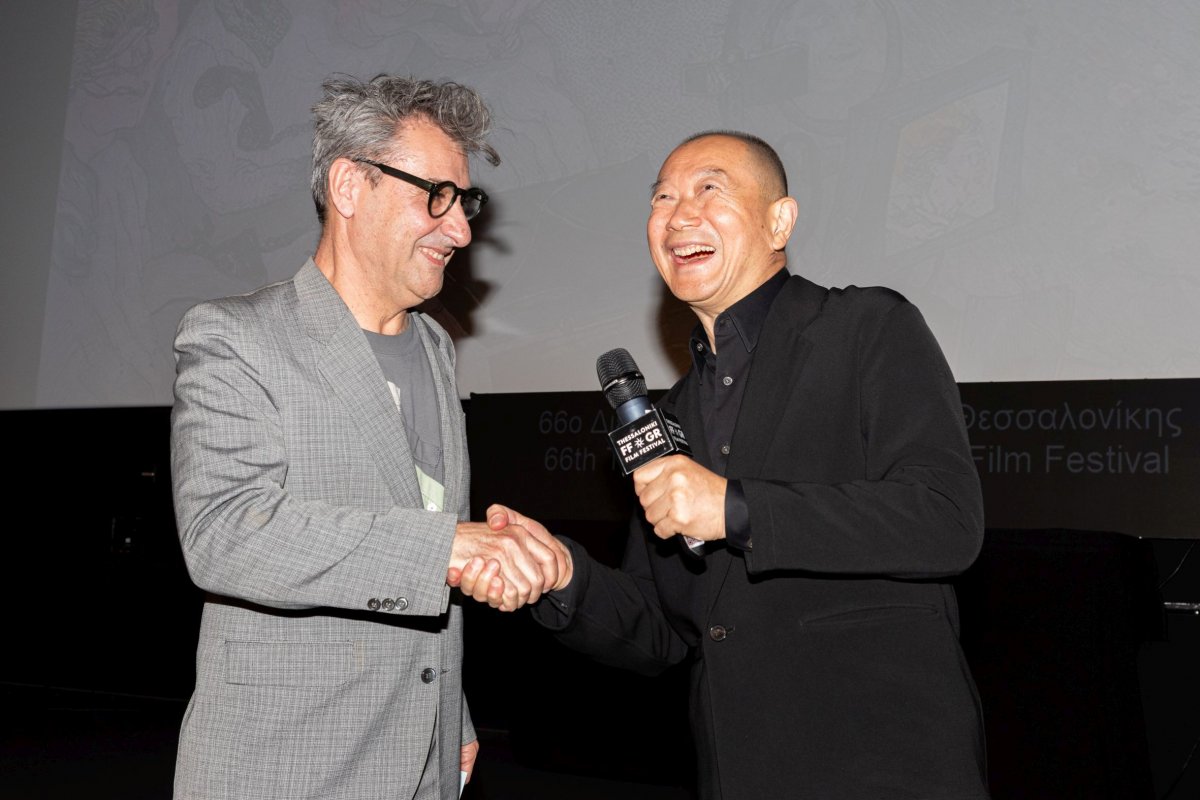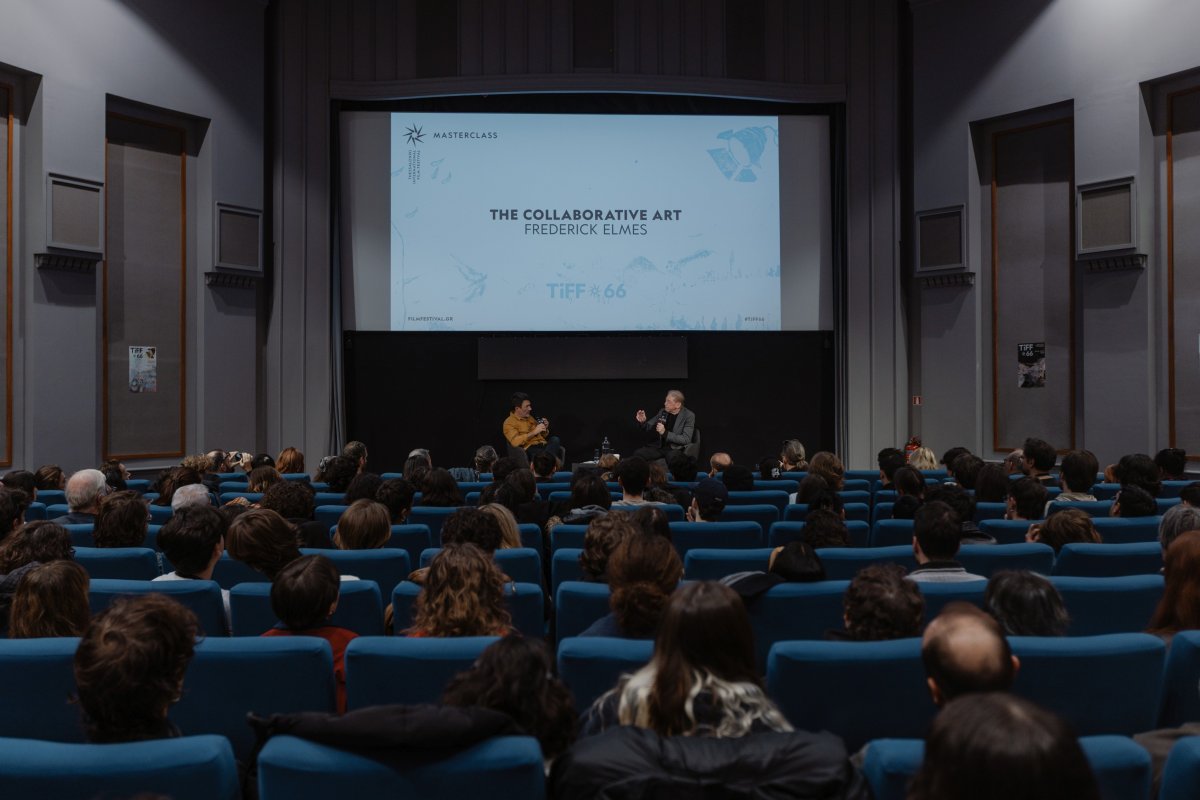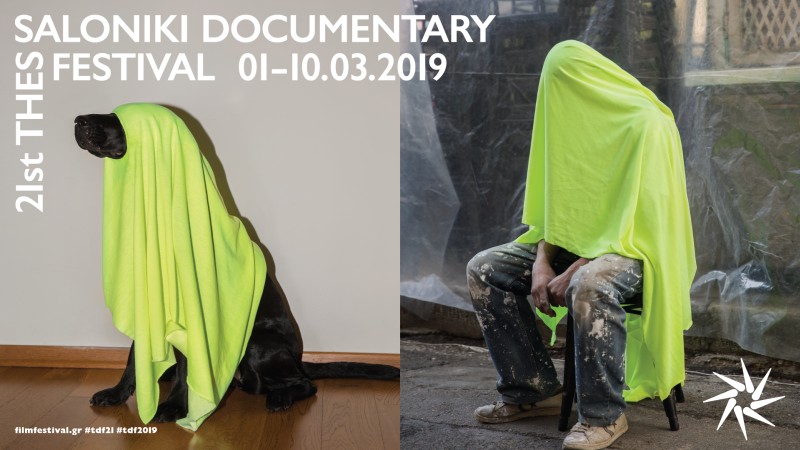MASTERCLASS GUILLERMO NAVARRO
Guillermo Navarro, renowned cinematographer and winner of two Oscar awards, presented a masterclass on Saturday, November 22nd and was also honored with an honorary plaque from TIFF for his contribution to cinema.
‘Guillermo Navarro is a master of images. He breathes through the lens. He has given us shots full of color and magic, shots that astonish and excite us. Films like Pan’s Labyrinth or Hellboy wouldn’t have been the same without his contribution’, pointed out TIFF president Georges Corraface.
‘It is a great honor for me to find myself in a country with such a long history; a country which is fighting to preserve its particular cultural identity. I will place my Alexander plaque next to my Oscar award because it has a lot to learn from Alexander’, said the acclaimed cinematographer.
During his masterclass he revealed that he started as an apprentice of Ricardo Aronovich in Costas Gavras’ film Missing. ‘Gavras had told me then that I had to leave my country if I wanted to develop my art. It was many years after that I followed his advice’.
The two-hour duration of the Masterclass proved little for both the audience and the director who was eager to talk for hours about his love for the alternative reality created through images.
‘Photography in a film is like the narrative’s language. It creates an atmosphere, defines the characters and presents the different sides of the narrative. The cinematographer participates in the full conception of a film, it captures and at the same time creates a narrative’, explained the cinematographer and went on by saying: ‘The driving force behind the creation of images should be the aesthetic perception and not the technique. Technology should be at our service. It shouldn’t be the other way round’. Navarro also suggested to the festival to include a Photography award to acknowledge the artistic contribution of this profession. ‘Cinema is the art of our days. It represents and reflects contemporary reality. If aliens came to earth they would understand us through our films’, commented Navarro regarding the historical value of cinema.
The cinematographer was also asked to what extent his growing up in Mexico has influenced his life. ‘The cultural framework in which we are born helps us interpret reality. Mexico exists in all my images. Mexico is a country with great tradition and intense images; a powerful aesthetic statement in itself. Civilization, mythology and reality in Mexico are developed at different levels. A reality closer to the truth can be reached if you scratch the surface of things. This is something I always carry within me’, answered Navarro.
He also explained that the 90% of Pan’s Labyrinth was filmed in a studio. It was necessary in order to depict Spain during the civil war, while at the same time it helped to create coherence between reality and the alternative dimension of the narrative. ‘It has been a great challenge controlling the integrity of the image, with light arriving from all different directions, the movements of the actors and the interaction of the phantasy characters’, he underlined. Navarro concluded by talking about the effect the film had on him: ’Fascism has left his mark on Spain. I wanted the sense of violence to be clear, because the violence we saw during the Baghdad bombings was presented to us like fireworks or video games. The film still has a strong effect on me. It still breaks my heart whenever I watch it’.




